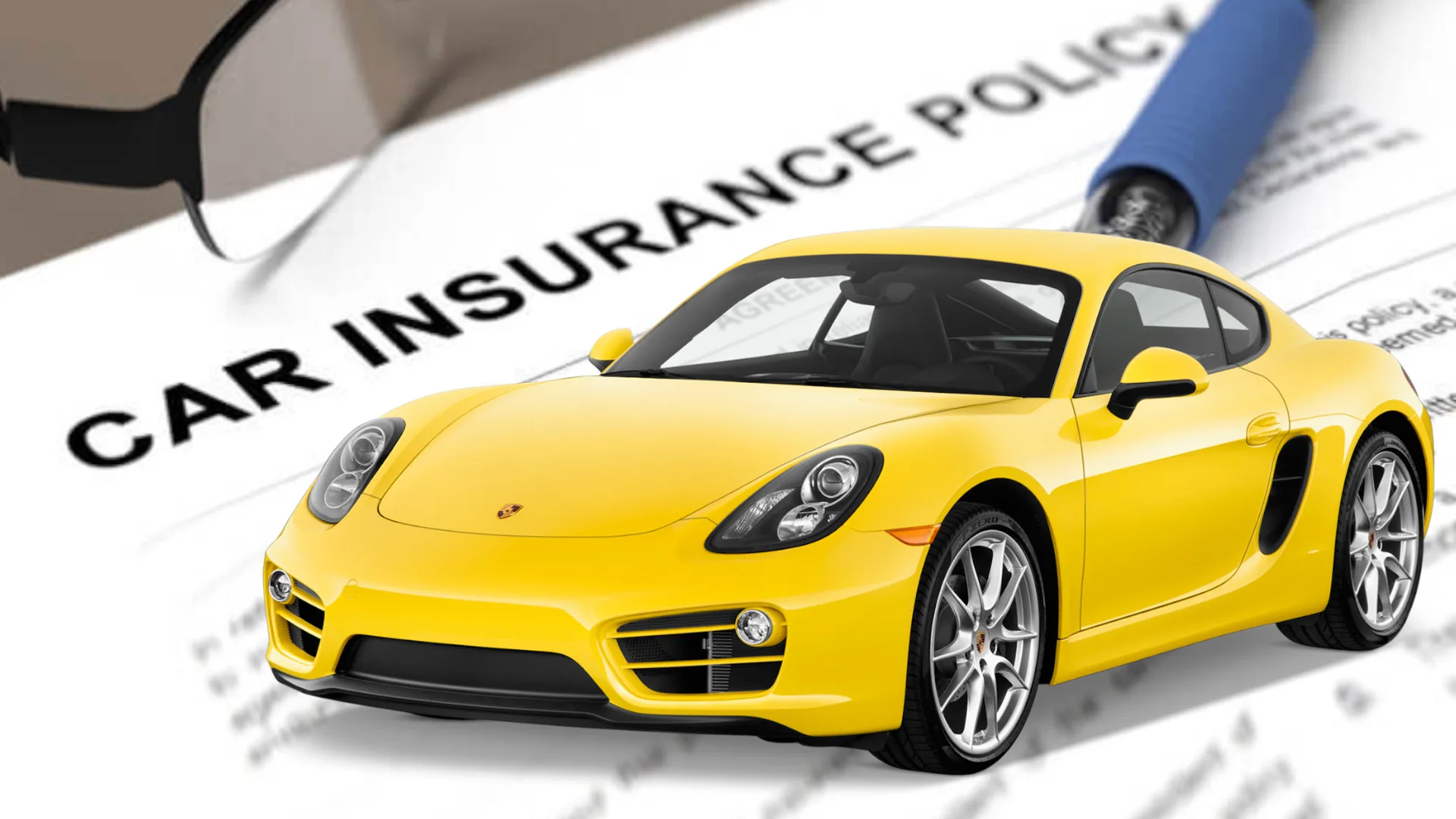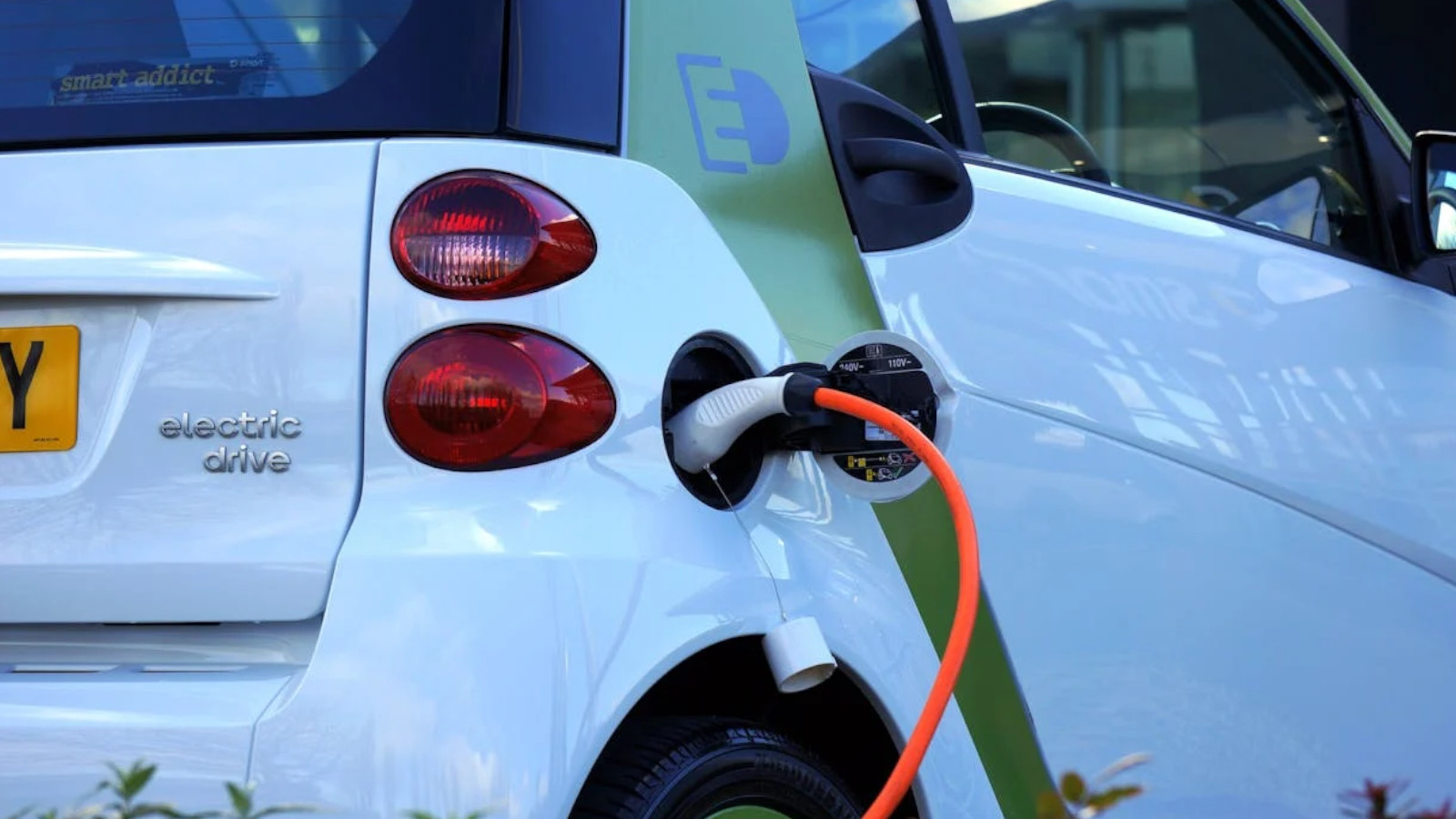Electric vehicles (EVs) are revolutionizing transportation, offering a cleaner and more sustainable driving experience. However, concerns about battery fires can linger for some EV owners. While statistically less likely to catch fire than traditional gasoline-powered vehicles, understanding how to prevent an EV fire is crucial for maximizing safety and peace of mind. This article explores the latest information on EV battery fires and provides actionable tips to keep your EV running smoothly and safely.
Understanding EV Battery Fires
Lithium-ion batteries, the heart of an EV, are incredibly efficient but can overheat under certain conditions. This overheating can trigger a process known as thermal runaway, where a single cell failure creates a chain reaction, rapidly escalating temperatures and potentially leading to a fire.
Minimizing Fire Risk: Preventive Measures
Here are key strategies to prevent your EV battery from overheating and catching fire:
- Thermal Management: Modern EVs are equipped with sophisticated thermal management systems to regulate battery temperature. However, you can further aid this process by avoiding practices that generate excessive heat.
- Park Smart: Minimize exposure to extreme temperatures. Park your EV in a garage or shaded area whenever possible, especially during summer.
- Cool Down Before Charging: Allow your battery to cool down after a long drive before plugging it in. This is especially important for fast charging, which can generate more heat.
- Maintain Proper Ventilation: Ensure your EV’s charging area is well-ventilated, allowing for proper heat dissipation.
- Battery Care and Maintenance: Regularly inspect your battery compartment for any signs of damage, corrosion, or leaks. Report any concerns to a qualified EV technician immediately.
- Maintain Ideal Charge Levels: While it’s tempting to always top off your battery, aim for a charging range between 20% and 80% for optimal battery health and reduced fire risk. This reduces stress on the battery, especially during fast charging.
- Avoid Full Discharges: Don’t let your battery completely drain before recharging. Deep discharges can stress the battery and increase fire risk.
- Follow Manufacturer’s Recommendations: Refer to your EV’s owner’s manual for specific charging instructions and maintenance guidelines.
- Safe Charging Practices: Only use the charging equipment that came with your EV or is recommended by the manufacturer. Avoid using damaged or frayed charging cables.
- Never Leave Your EV Unattended While Charging: Monitor your EV while charging, especially if using a public charging station.
- Beware of Third-Party Batteries: Stick to manufacturer-approved batteries for replacements. Using incompatible or low-quality batteries can pose safety risks.
- Stay Informed: EV technology is constantly evolving. Register your EV with the manufacturer to receive notifications about potential software updates or safety recalls related to the battery.
Early Warning Signs:
While EV fires are rare, it’s important to be familiar with early warning signs that could indicate a potential problem:
- Unusual battery odor
- Excessive heat emanating from the battery compartment
- Smoke or fumes coming from the EV
- Warning lights on your EV’s dashboard
If you experience any of these signs, pull over to a safe location immediately, turn off the vehicle, and contact emergency services.
The Future of EV Safety
EV manufacturers are continuously working to improve battery safety through advancements in cell chemistry, thermal management systems, and fire suppression technology. As EV technology matures, fire risk is expected to continue to decrease.
By following these preventive measures and staying informed about your specific EV, you can significantly reduce the risk of a battery fire and ensure a safe and enjoyable electric driving experience. Remember, a little awareness and proactive maintenance go a long way in keeping you and your EV on the road safely.
Discover more from Wheels Craze - Automotive News, EV News, Car News, Bike News
Subscribe to get the latest posts to your email.




